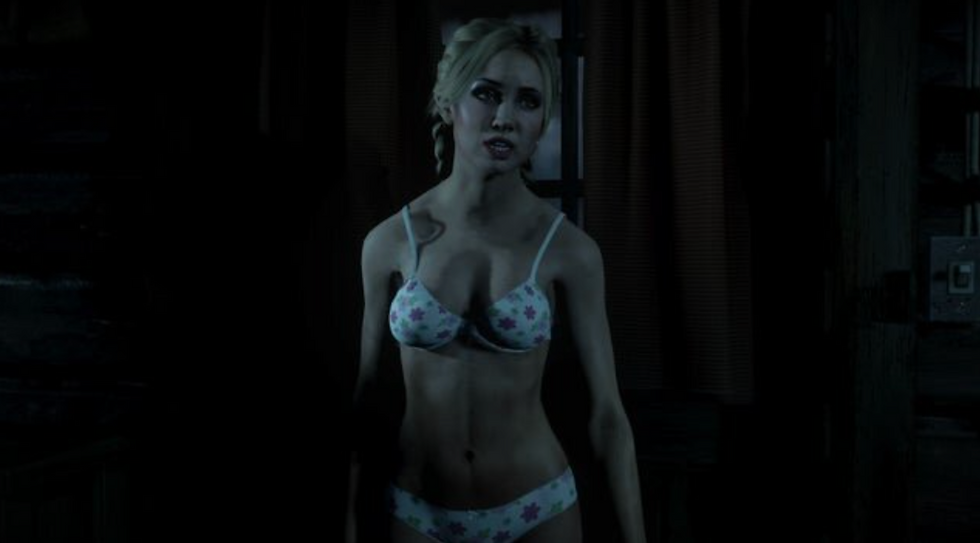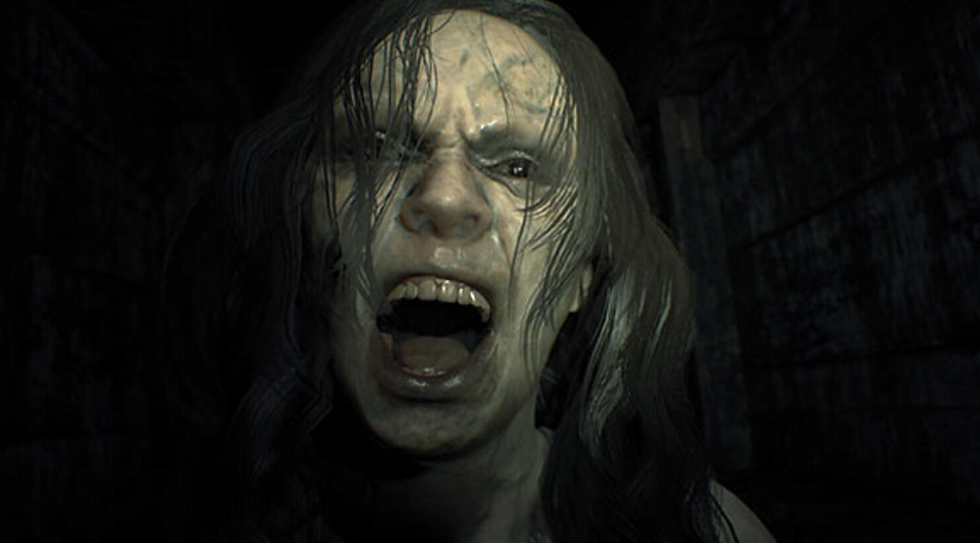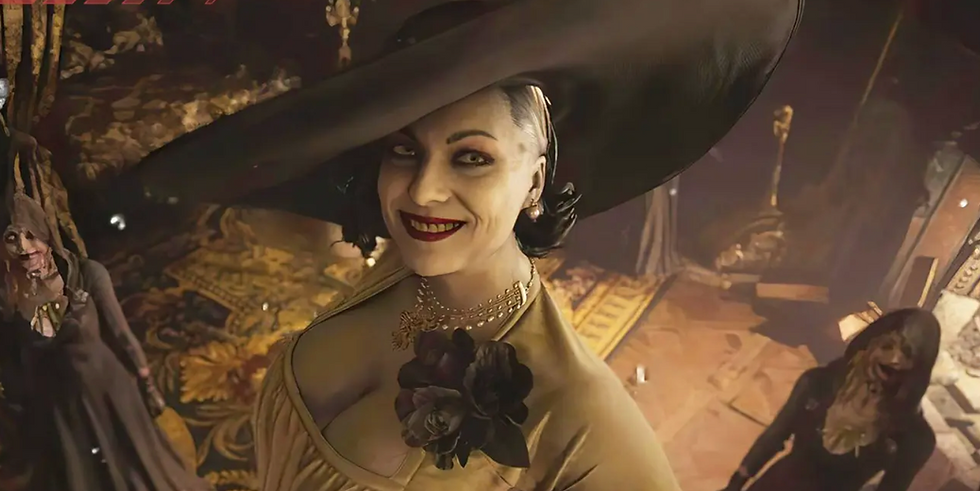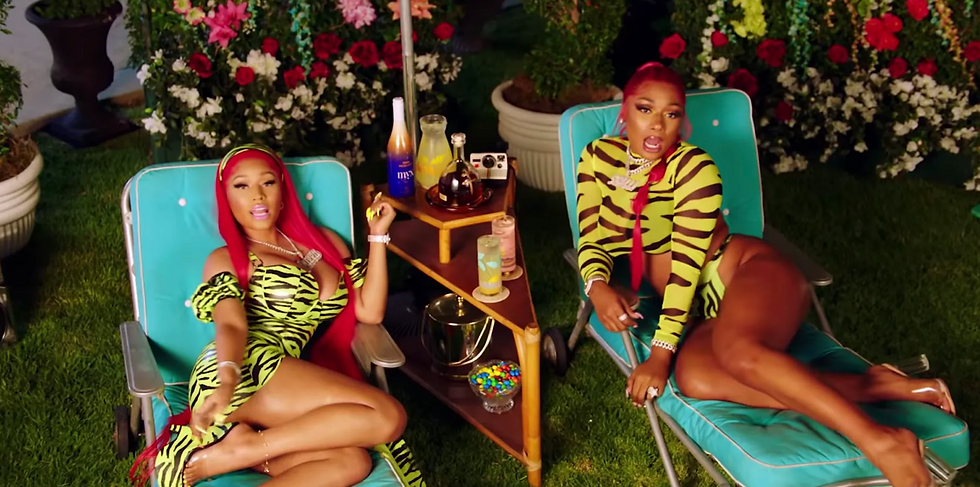Women in Video Games: How Have We Progressed in the Last Decade?
- Annabelle Shoel
- Aug 8, 2021
- 5 min read
Updated: May 15, 2024
It is no secret that for many years, the video game industry has been dominated by and targeted at men. It only takes one glance at the most popular games over the past decade to see this androcentrism in action; female characters have been repeatedly sexualised or villainised (or both) and have often been reduced to side characters.
Halo 4 (2012)
Even Halo’s AI Cortana, though initially fairly nonsexual, has been “feminised” over the course of the franchise, becoming shapelier with bigger and more exposed body parts – most notably in Halo 4. Only in the most recent evolution has she become less overtly sexualised, though she was instead villainised in Halo 5, another common trope for powerful female video game characters. Most recently, she was seemingly replaced by a male character in the latest game Halo Infinite (2020), a decision that takes the game’s main female presence from secondary to absent.
Tomb Raider (2013)
2013 saw the reboot of the Lara Croft series, its titular character being infamous for her highly pixelated and ridiculously oversized assets. The highly anticipated Tomb was surprising in that it didn’t overtly sexualise the iconic female protagonist, and though she wore a tank top for the majority of the game, it didn’t feel as seedy as previous incarnations, which demonstrated unrealistic portrayals of women at their finest.
The change may have something to do with the increased presence of women behind the scenes, as although the game’s 3 directors were male, 2 of the 3 main writers were women. It should also be noted that despite the lack of appeal to the male gaze, the game was a distinct success, leading to the further instalments Rise of the Tomb Raider (2015) and Shadow of the Tomb Raider (2018).

Game Cover for Tomb Raider / © Crystal Dynamics
Grand Theft Auto V (2013)
Though Tomb Raider seemed like a leap forward for women in video games, 2013 also brought with it the hugely popular and long-awaited Grand Theft Auto V (GTA V). GTA V perpetuated the franchise’s longstanding sexist attitude towards its non-playable female characters, with players able to hire a prostitute, then kill her and get their money back without any consequences.
The game also features the option to visit strip clubs for a virtual experience – the female role in GTA V was that of a sexual object, and not much more. There were even guides posted online for where to find prostitutes in the game, as well as mods to provide players with a broader range of ‘options.’

An Example of GTA V's Prostitutes / © Rockstar North
Alien: Isolation (2014)
In the following year, Sega published Alien: Isolation, a single-player action-adventure game based on the film franchise of the same name, in which the player controls Amanda, the daughter of Ellen Ripley, as she attempts to find out what happens to her mother while battling the same challenges she faced.
Though the absence of mothers in video games is a fairly common trope, Amanda Ripley holds up as a female protagonist, battling her way through the ship and living up to the badass legacy of the Ripley name. But ultimately the game’s ending leaves much to be desired, and it brings into question whether a male protagonist would be led to the same fate.

Game Cover for Alien: Isolation / © Creative Assembly
Until Dawn (2015)
Until Dawn came out a year later and transformed the ‘60s/’70s slasher narrative into a playable format. Sam, the game’s main female protagonist, or ‘final girl’, spends a large portion of the game running around in only a towel, which has since become one of the most notable and memorable aspects of the gameplay, detracting from the character’s bravery and intelligence.
As a game that adapts to the player’s choices, one of the most offensive game mechanics is the seduction of one of the game’s other main characters Jessica, who, if you made the “right” choices, will strip down to her underwear in an intimate scene, something which was viewed as a reward. This game provides some opportunities to subvert these stereotypes, but largely plays into the sexualisation of its female characters.

Jessica in her underwear in Until Dawn / © Supermassive Games
Resident Evil 7: Biohazard (2017)
Fast forward to 2017 and Resident Evil 7: Biohazard is published. Ethan, the game’s protagonist, has received a message from his long-lost wife Mia asking him to come and rescue her. Mia is initially presented as weak and dangerous, but as the story progresses, we find out more about her past and she is developed as a character.
Notably, the game’s other female character, Zoe, helps you along the way through mysterious calls. Eventually, the player is faced with an ultimatum to either save Mia or Zoe – something that seems entirely out of place, and appears to be a game mechanic that simply gives the player their choice of woman.

Mia in Resident Evil 7: Biohazard / © Capcom
Red Dead Redemption 2 (2018)
In 2018, Rockstar Games released another highly anticipated sequel, Red Dead Redemption 2. Though there are several prostitutes and some sexism that rings true to the game’s Wild West setting, there are some extremely positive and important storylines based around women, as well as the refreshing absence of sex and nudity, a continuation from its predecessor Red Dead Redemption (2010).
In one scene, the game’s protagonist Arthur helps a wagon of suffragettes drive through town to protest for votes. Most notably, Sadie Adler joins the crew of bandits instead of assuming a more traditional role like that of Mrs Grimshaw, who takes care of the men and the camp. Instead, Sadie insists on joining the men on the front line.
The only negative is that Sadie’s story begins with tragedy, and she’s wounded towards the end, but ultimately, she survives and is a woman very much in charge of her own destiny. The only downfall is that Sadie is a side character, and she absolutely deserves her own game or DLC!

Sadie Adler in Red Dead Redemption 2 / © Rockstar Games
Call of Duty: Warzone and Call of Duty: Black Ops Cold War (2020)
Call of Duty’s 2020 offering has finally brought us playable female characters for the first time in Call of Duty: Warzone and Call of Duty: Cold War – a huge step for the male-centric franchise and a twist which surprised many.

Call of Duty: Black Ops Cold War / © Activision
Cyberpunk 2077 (2020)
Cyberpunk 2077 also came out in 2020, as one of the most hotly anticipated games of the year. With overtly sexualised advertisements, hologram lap dancers and non-playable character dialogue such as: ‘What can a horny girl like me do for a hungry guy like you?’ (yes, really), the game feels more 1977 than 2077.
The side character Evelyn Parker does seem like a woman in charge, but it’s debatable whether her attire of a fur-trimmed coat, sequin plunge mini dress and thigh-high latex boots are choices made by an empowered woman, or simply fanservice for male players.

Evelyn Parker in Cyberpunk 2077 / © CD Projekt Red
This article was originally written for and published by cool.girl magazine.




Representation in gaming has come a long way, but there's still progress to be made. More games now feature strong, complex female protagonists, and the industry is slowly moving away from outdated tropes. Here’s to even more inclusive storytelling in the future! If you're into gaming and esports, check out Eerone.com – built by players, for players!